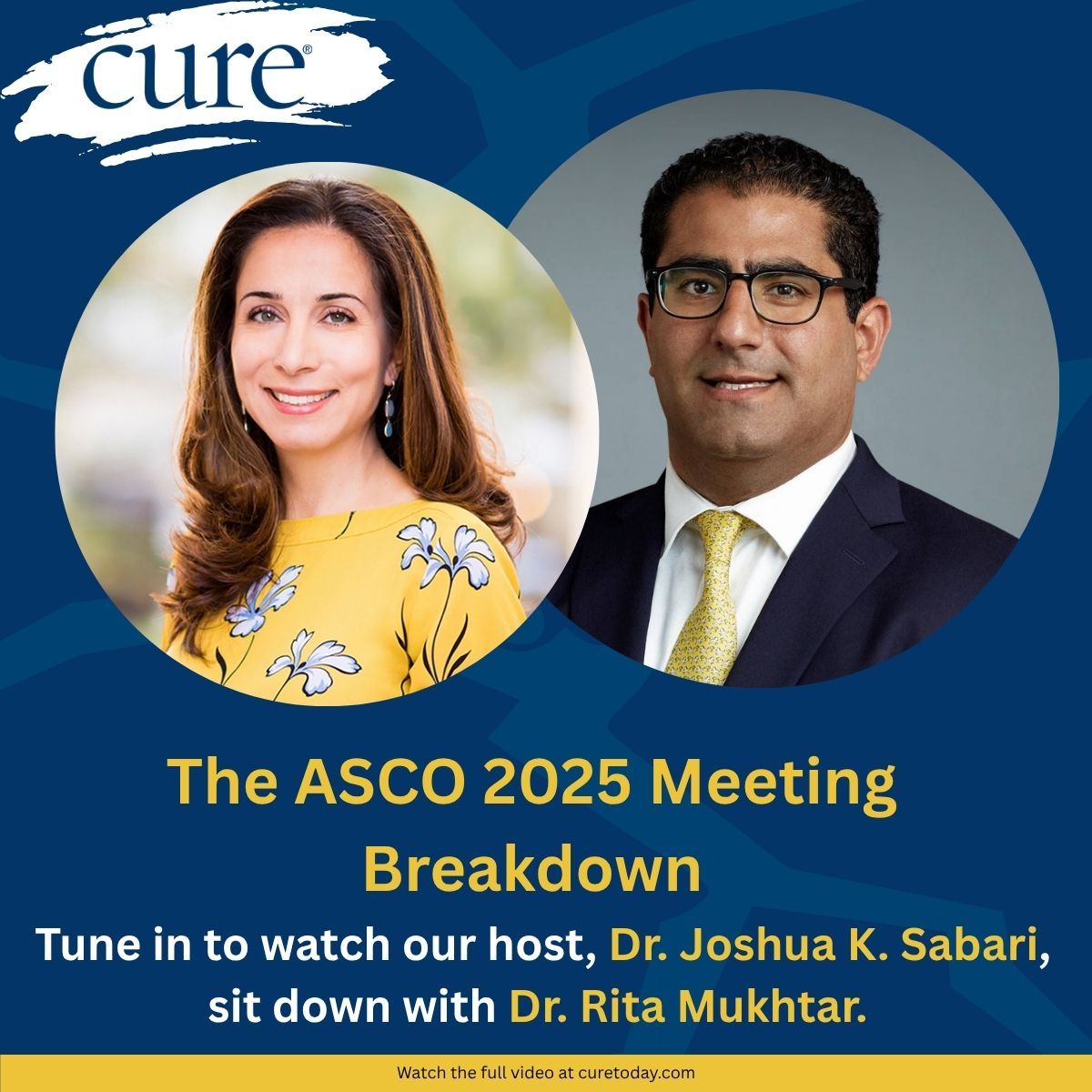Article
Where Are We With Bone-Targeted Agents in Breast Cancer?
Author(s):
Adam M. Brufsky, M.D., Ph.D., discusses bone-targeted agents in breast cancer, and what we can expect for the future of this kind of therapy.
While providing an update on bone-targeted agents at the 2017 Miami Breast Cancer Conference, Adam M. Brufsky, M.D., Ph.D., emphasized that some bone-targeted agents should be used more frequently, as long as patients and providers are aware of patient conditions and their potential for osteonecrosis.
Brufsky said Xgeva (denosumab) showed a disease-free survival benefit in postmenopausal women with early hormone receptor-positive breast cancer in the Austrian Breast and Colorectal Cancer Study Group-18 (ABCSG-18) trial. Xgeva was given to women who had received aromatase inhibitor (AI) therapy. From 2006 to 2013, the trial enrolled 3,425 patients, of whom 3,420 were randomly assigned to receive Xgeva at 60 mg (1,711 patients) or placebo (1,709 patients) subcutaneously every six months. Xgeva reduced the rate of fracture in women by 50 percent compared with placebo.
Given the damage that adjuvant endocrine therapy can do to bone health in breast cancer patients, these findings may change clinical practice, said Brufsky, associate chief of the Division of Hematology/Oncology and co-director of the Comprehensive Breast Care Center, University of Pittsburgh.
The follow-up analysis of the benefits of adding Xgeva to AI therapy showed that Xgeva also reduces the risk of breast cancer recurrence and death in postmenopausal women.
What is new in bone-targeted therapies?
In an interview with CURE, Brufsky discussed considerations for using the bone-targeted agents Xgeva and Zometa (zoledronic acid) in patients with breast cancer.Based on meta-analysis studies, there are a number of bone-targeted agents in the postmenopausal setting that have demonstrated a 3 percent improvement in overall survival in patients with breast cancer at 10 years. The real question is, why do we not use them? There are clearly good data available and the questions revolve around which one do we use, how frequently we use it, and for how long. In my opinion, anywhere from two to five years in the meta-analysis seems to be the right amount.
What is the current standard of care for patients with bone metastases?
There are some randomized trials that seem to provide a disease-free survival benefit such as with Xgeva, which is a little bit different than the bisphosphonates. The ABCSG-18 trial gave us a very nice result that we need to talk about as a group of breast cancer physicians. Hopefully, we’ll come to some sort of consensus as to how these drugs should be used.When managing the patient with bone metastases, there are a number of therapies to consider. If the patient is ER-positive, consider using estrogen-receptor therapy. If the patient is triple-negative, oncologists will most likely treat with chemotherapy. If the patient is HER2-positive, consider using a combination of Herceptin (trastuzumab) plus Perjeta (pertuzamab). But more importantly, oncologists should be using a bone-targeted agent, either Xgeva or Zometa.
An interesting trial (NCT00869206) that has come up recently and was just published, was a randomized trial performed by the Cancer and Leukemia Group B cooperative trial group. It concluded that giving Zometa every three months was equivalent to giving it monthly for the management of metastatic bone disease. In fact, the interesting thing is that, in this trial, the event rate that was observed — bone-related complications like a fracture or a pain, or need for radiation of bone — was equivalent in the less-frequent dose compared with the monthly dose.
That is a big deal, because now patients only have to receive the medication every three months and not monthly. This is helpful for the patient; however, when a woman has metastatic breast cancer, there are a lot of things you find in a monthly visit that you may not see in the three-month visit. I think the potential loss of that monthly screening is something we need to consider because there are things that a patient can develop that can be prevented before they get worse.
What are the adverse events for these bone-targeted agents?
For example, a patient could develop the beginning of a spinal cord compression or start to have a little bit of weakness in her legs. The oncologist can pick that up on a monthly visit and may miss it on a visit every three months. I think we are going to be moving to visits every three months, and it will be positive in some instances that women only have to receive treatment every three months. It is less costly, and probably less toxic, but the concern the oncologist has is with patient management.There are not a lot of adverse events, but I think the biggest one is renal insufficiency, which can occur if you give the drug too fast. A certain proportion of women with Zometa can get achiness and febrile syndromes that last up to one week or even two weeks. That is uncommon but it can happen.
The big one for both Xgeva or Zometa, is that a certain percentage of women, probably 1 percent or 1.5 percent, will develop osteonecrosis of the jaw. What this means is that they will develop an exposed bone that can erode, especially if the patient has had an implant or some sort of invasive dental procedure that does not heal, and this can be prevented by cognizance. Having a woman tell us that she is getting a dental procedure can help physicians adjust to whether they should give the drug or not.
What does the future hold for bone-targeted agents?
My own bias is that this is somewhat of a peak effect. In other words, getting a dental procedure a day or two after getting the bisphosphonate is not going to be wise. Usually, it will delay the administration of a bisphosphonate one to two months due to the dental work.In my opinion, the big thing is the adjuvant therapy, especially if we are moving toward finding a group of patients who are not going to need chemotherapy, and we do not know that now. With all the new genomic testing that is coming out — whether it is the 70-gene assay, the 21-gene assay, or the PAM50 — all of these tests are telling us that there is a subset of patients who do not need chemotherapy. The issue is that you have patients whom physicians are just going to treat with hormone therapy, but they could possibly still have a lot of nodes or have a high risk of recurrence, even if treated with endocrine therapy.
What should we do for those women? I suggest that, especially in the postmenopausal setting, bisphosphonates may give you a benefit if you are not going to give chemotherapy.




